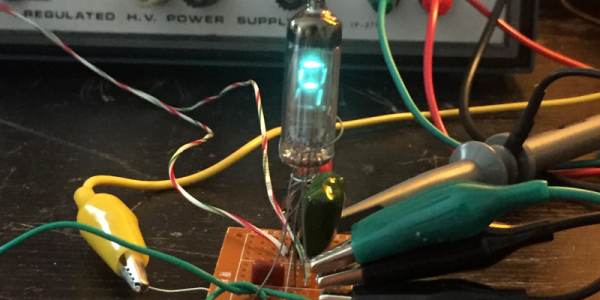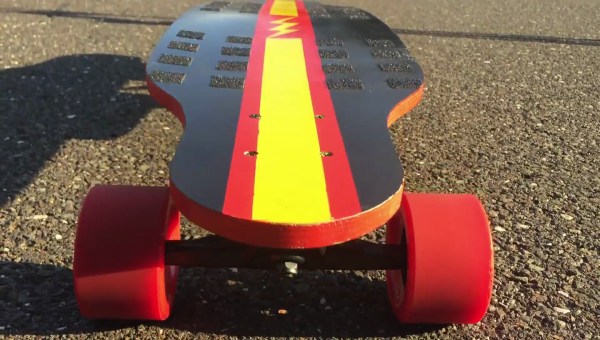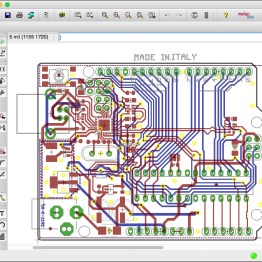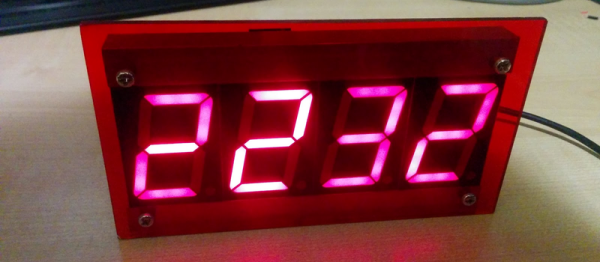Microsoft Bob was revolutionary. Normally you’d hear a phrase like that coming from an idiot blogger, but in this case a good argument could be made. Bob threw away the ‘files’ and ‘folders’ paradigm for the very beginnings of virtual reality. The word processor was just sitting down at a desk and writing a letter. Your Rolodex was a Rolodex. All abstractions are removed, and you’re closer than ever to living in your computer. If Microsoft Bob was released today, with multiple users interacting with each other in a virtual environment, it would be too far ahead of it’s time. It would be William Gibson’s most visible heir, instead of Melinda Gates’ only failure. Imagine a cyberpunk world that isn’t a dystopia, and your mind will turn to Microsoft Bob.

Not everyone will laugh at the above paragraph. Indeed, some people are trying to make the idea of a gigantic, virtual, 3D space populated by real people a reality. For the last few years, [alusion] has been working on Metaverse Lab as an experiment in 3D scanning, virtual web browsers, and turning interconnected 3D spaces into habitats for technonauts. The name comes from Snow Crash, and over the past twenty years, a number of projects have popped up to replicate this convergence of the digital and physical. By integrating this idea with the latest VR headsets, Metaverse Lab is the the closest thing I’ve ever seen to the dream of awesome 80s sci-fi.
I’ve actually had the experience of using and interacting with Metaverse Lab on a few occasions. The only way to describe it is as what someone would expect the Internet would be if their only exposure to technology was viewing the 1992 film Lawnmower Man. It works, though, as a completely virtual environment where potential is apparent, and the human mind is not limited by its physical embodiment.











![pcbshopper-dialog ..run [Jeremy's] ULP script..](https://i0.wp.com/hackaday.com/wp-content/uploads/2016/09/pcbshopper-dialog.jpg?w=262&h=262&crop=1&ssl=1)












